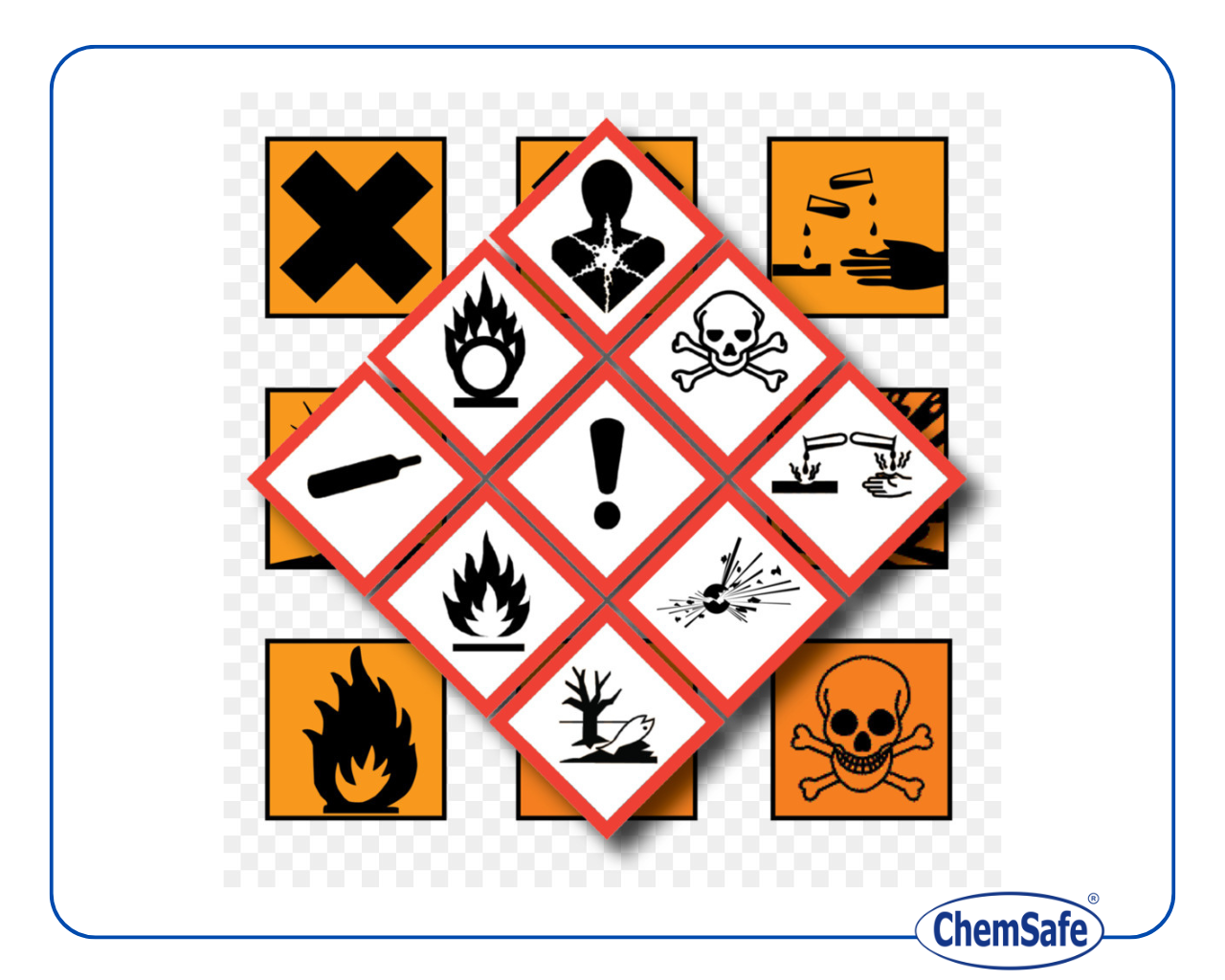From bloody red to the palest yellow tones, sweet and sour tasting at the same time, oranges have been brought to Europe from China (did you know?) to brighten our winter.
Rich in vitamin P, vitamin A, vitamin C, B vitamins, iron, potassium, phosphorus, chlorine, calcium and magnesium, oranges combine their high nutritional profile with a unique multifaceted flavour, making them perfect for culinary uses.
Orange is an excellent food ingredient for the table, from appetizers to desserts. Orange slices are used to flavour salads, embellish pasta or rice courses, and accompany fish or meat. Instead, orange peel can be grated in the dough of cakes and breads or recycled to prepare liqueurs and jams. Not to forget the classical orange juice that, as well as being consumed as it is, is the main ingredient of several beverages and drinks consumed worldwide.
Wait, there’s more!
In the European Union, citric acid, highly present in oranges, is marketed as a food additive classified with E number E330. It is used as an acidity regulator, flavour enhancer and preservative, thereby preventing changes in the food products’ smell, colour and taste.
In cosmetics products, almost the whole orange plant is used. Fruit, flowers and leaves are used to obtain extracts, waxes, powders and oils for fragrances and skin conditionings.
Essential oils are obtained through different methods, from squeezing to steam distillation to solvent extraction.
These oils are highly prized for their scent. They are mainly used in preparing fragrances but also have toning, antiseptic and skin-purifying properties.
Oranges, like all citrus fruits, are rich in vitamin C, which is an anti-melanogenic molecule and can stimulate collagen biosynthesis; besides being a powerful antioxidant, and citric acid, used mainly as a preservative in cosmetic but also has exfoliating properties (anyway, pay attention to your eyes!).
Finally, oranges contain various molecules such as flavonoids (hesperidin, naringin, neohesperidin), functional to protect and improve skin appearance, sugars, vitamins and lipids, which help keep the skin hydrated, smooth and in good condition.
Do you think that’s all?
Oranges and citric acid are widely used even in chemical industries.
Citric acid serves various functions in pharmaceutical formulations, primarily as an excipient. Its solubility in water makes it an ideal choice for preparing oral solutions, effervescent tablets, and syrups. Citric acid aids in drug dissolution, improving the bioavailability and absorption of medications in the body. Additionally, it acts as a buffering agent, helping to maintain the stability and pH of pharmaceutical formulations during manufacturing and storage. Its inert nature and compatibility with a wide range of APIs make it valuable in pharmaceutical products.
In the cleaning industry, citric acid’s chelating properties and mild acidity make it an effective and environmentally friendly cleaning agent. It is used in descaling solutions to remove mineral deposits, limescale, and rust from surfaces, appliances, and plumbing fixtures. Citric acid-based cleaners are favoured for their non-toxic and biodegradable characteristics, making them safer for users and the environment than harsh chemical alternatives. In addition to descaling, citric acid is utilized in surface cleaners, dishwashing detergents, and bathroom cleaners for its ability to dissolve grease, soap scum, and hard water stains.
Due to its gentle yet effective properties, citric acid finds versatile applications in restoration projects. In art, restoration serves as a mild cleaning agent, capable of removing surface stains, dirt, and oxidation from delicate surfaces such as ceramics, metals, and even paintings without causing damage. Its chelating properties make it adept at dissolving mineral deposits, aiding in restoring historical artefacts and architectural structures. Moreover, its non-toxic and environmentally friendly characteristics make it a preferred choice for conservators aiming to preserve the authenticity and longevity of historical artefacts and architectural wonders.
In Ivrea, a small city northwest of Italy, oranges are primarily famous for a less expected reason: the carnival. A heartfelt tradition sees Ivrea’s people, divided into different teams, throwing oranges at each other. We call it “The battle of the oranges“.
Weird, isn’t it? It’s true! See yourself at the link below:
https://www.youtube.com/watch?v=9PvfaUubhtw&ab_channel=SilverioDesantisVisual
Ps. The oranges used in the carnival are not intended for the food market; they would be wasted anyway!







